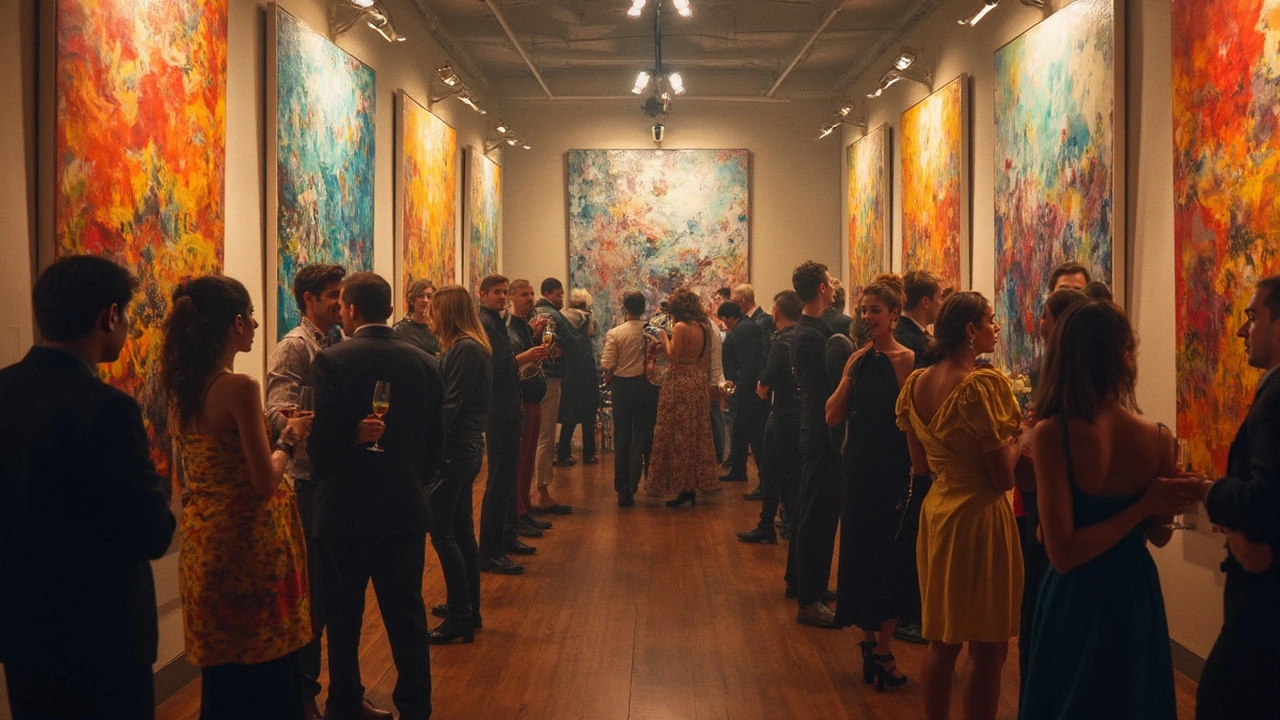Art Gallery Tips: Real‑World Advice You Can Use Today
Running an art gallery feels like juggling paint brushes, budgets, and visitor expectations all at once. You want the space to look great, sell works, and keep artists happy. The good news? Simple habits and smart choices can make the whole process smoother. Below are clear, step‑by‑step tips you can start using right away.
Choosing the Right Artwork for Your Space
First thing’s first: pick pieces that match the vibe of your gallery and the people who walk through the door. Look for a mix of styles—maybe a bold abstract piece next to a quiet portrait. This contrast keeps visitors interested and encourages them to linger. When you’re unsure, test a few works on the wall for a week and watch how visitors react. If a piece draws more comments or longer looks, give it a permanent spot.
Don’t forget the practical side. Check the size, framing, and lighting needs before you sign a contract. A giant oil painting needs sturdy hanging hardware, while a delicate sculpture might need a secure pedestal. Knowing these details early saves time and money when you set up the exhibition.
Authentication matters, especially for prints and limited editions. Use guides like our “How to Identify Genuine Giclee Prints” tip sheet. Look for the artist’s signature, edition number, and a certificate of authenticity. Spotting a fake early protects your reputation and your buyers.
Running Smooth Gallery Operations
Scheduling shows is more than picking a date. Create a timeline that includes installation, press releases, opening night, and take‑down. Give yourself at least two weeks for installation—this buffer handles unexpected delays like a canvas that needs extra framing. Promote each event on social media, local listings, and through artist networks to fill the room.
Pricing can feel intimidating, but a clear formula helps. Start with the artist’s base cost, add your commission (usually 30‑40%), and factor in materials, framing, and shipping. Display the price clearly next to each work; hidden prices make buyers nervous. If an artwork doesn’t sell after the show, consider a limited‑time discount or bundle it with a smaller piece.
Customer service is a hidden profit driver. Greet visitors by name if you can, offer a short story about each piece, and have a simple business card ready. Follow up with an email thanking them for their visit and include a link to any works that caught their eye. A quick note can turn a casual viewer into a buyer.
Lastly, keep the space tidy and well‑lit. Good lighting makes colors pop and reveals texture. Use adjustable spotlights for paintings and softer ambient light for sculptures. A clean, well‑organized gallery feels professional and invites repeat visits.
Implement these tips one at a time. Start with your artwork selection, then move to scheduling and pricing. Over a few months you’ll notice smoother openings, happier artists, and more sales. Your gallery can become a vibrant hub for creativity without the headache of constant chaos.

10 Apr 2025
Organizing a solo art exhibition might seem daunting, but it's totally doable with the right plan. From choosing the perfect venue to marketing your event, this article breaks down everything you need to know. We'll explore basic steps like setting a budget, creating a compelling artist statement, and engaging with your community. Perfect for artists ready to show their work to the world, these insights will help make your exhibition a success. Time to get those masterpieces in the limelight!
Continue reading...
